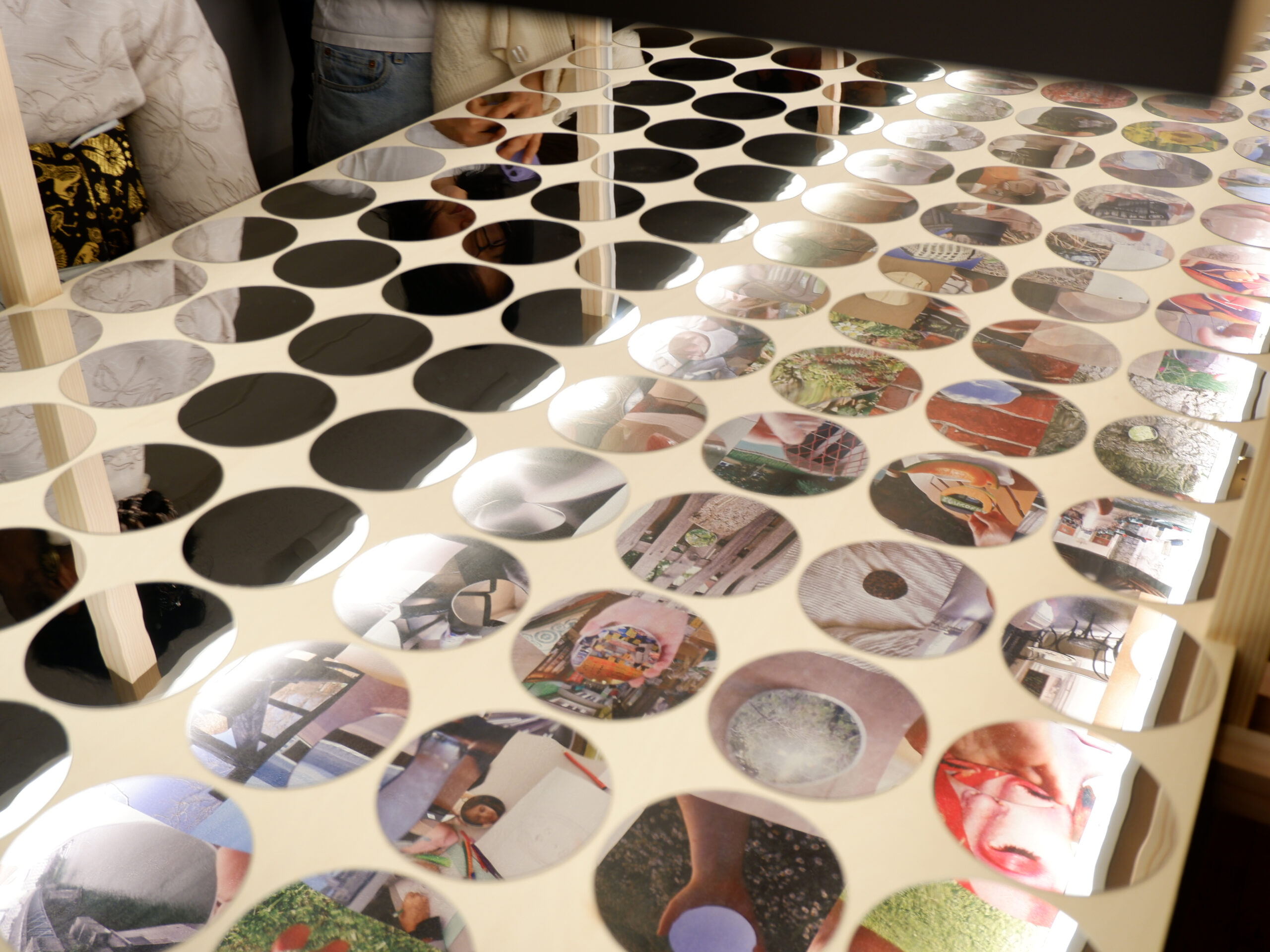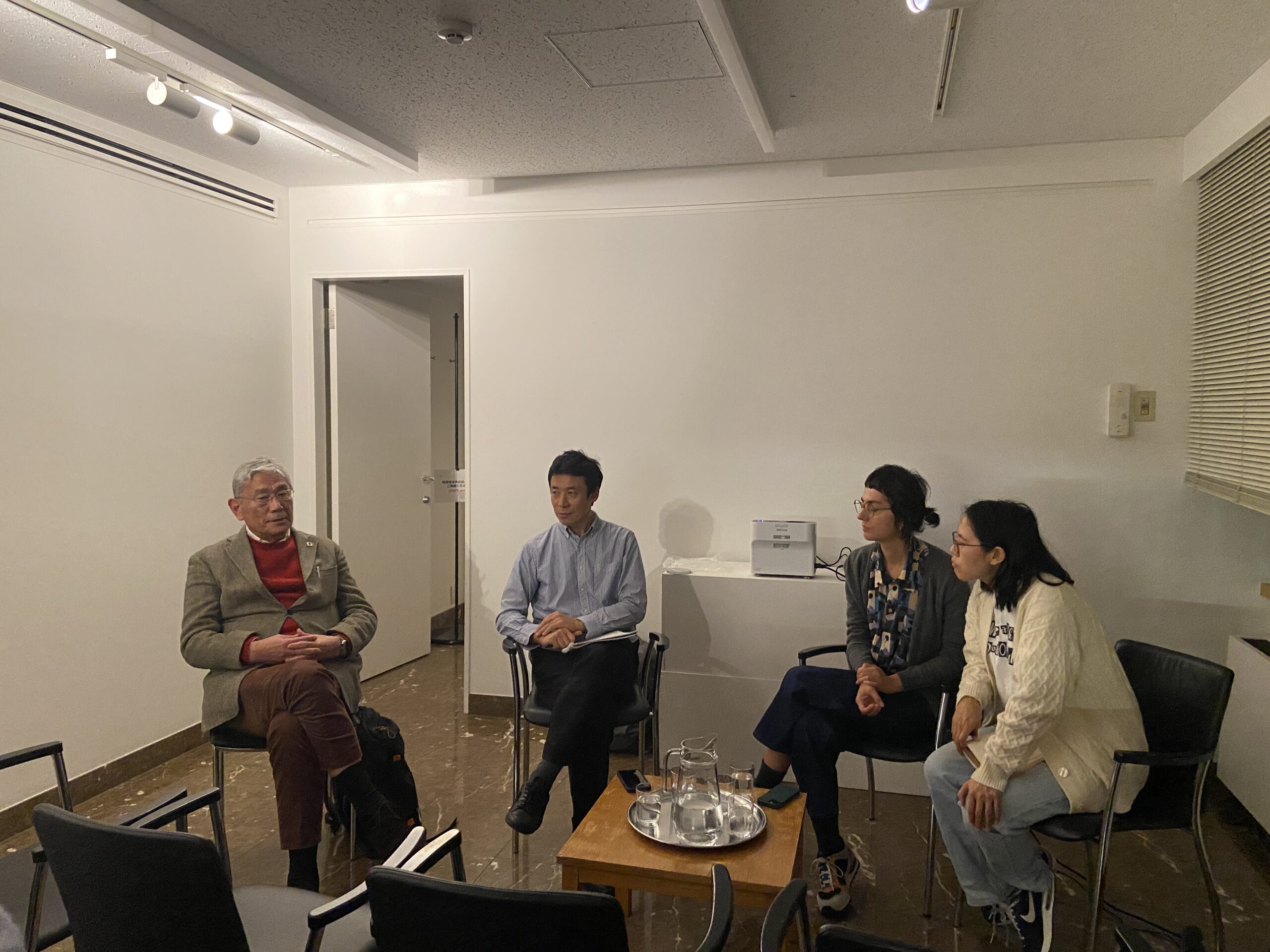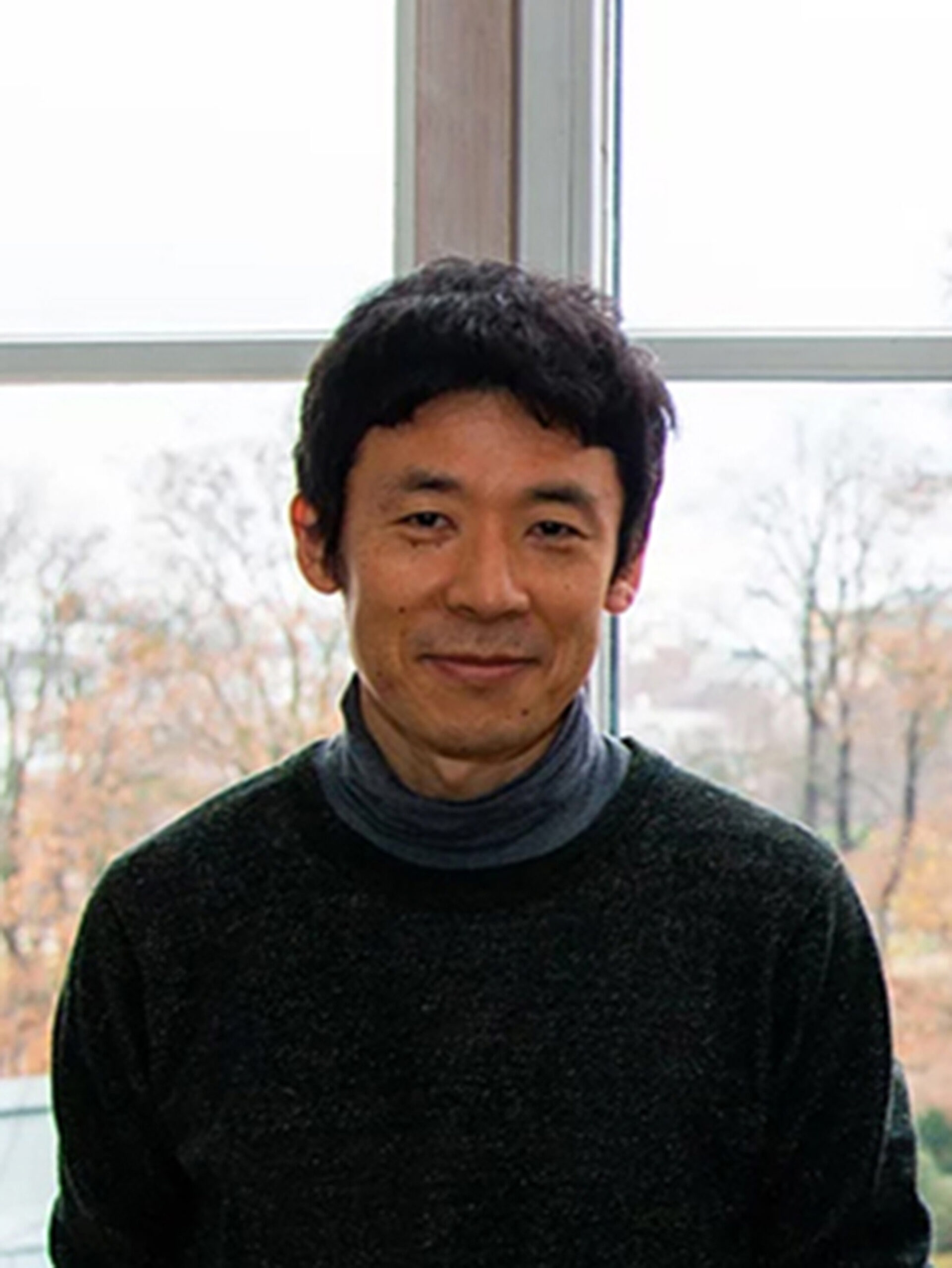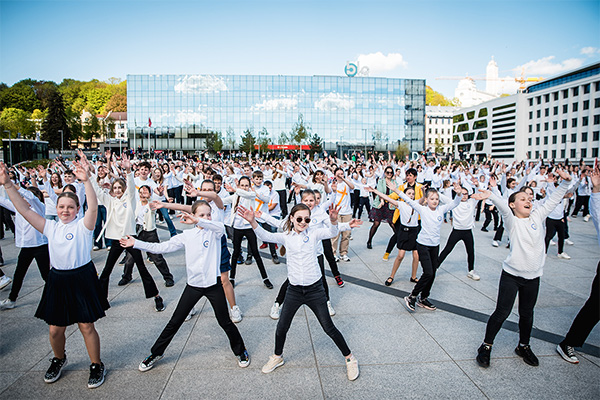Column
ColumnIntelligence gazing into a mirror
Mirrored Journey 2021-2022
“Mirrored Journey” began in 2021 as a collaborative project between myself and visual artist Violeta Ivanova during the COVID-19 pandemic. We reflected upon important places, stories, and thoughts for ourselves and our community in front of small round mirrors. We then photographed these reflections with a smartphone and shared the images and thoughts behind them on both Instagram and our websites. In lieu of our ability to travel, the mirrors embarked on a journey, allowing us to share various experiences. The initial recipients of the mirrors were friends of both Violeta and myself, but the mirrors were sent further through these friends, creating an open-ended expansion. Between 2021 and 2022, we had 66 participants from 35 countries. For more information about this project, please see the 2022 report.
Mirrored Journey 2024
Transitioning from COVID-19 to post-COVID, “Mirrored Journey: Beyond the Surface” aims to explore new developments of the “Mirrored Journey 2021-2022.” The inception of this project arose from the awareness that, rather than merely continuing on from previous efforts, there is a need to explore new forms of solidarity following the pandemic.
Once the pandemic subsided and we could travel freely, I realised how much we live within a narrow world. I often travel from Tokyo to Europe, the United States, and elsewhere, feeling as if I am living internationally. However, in reality, I only encounter people who are quite similar to myself, regardless of where I go. The various social divisions that are problematic in contemporary society seem to stem from this tendency to engage solely with those who are similar to us, leading to a lack of interaction with others. Therefore, I considered that the method of “mirror journeys” might be effective for facilitating exchanges with those who inhabit different worlds or hold differing views.

In this project, we aimed to diversify participants by collaborating with cultural organisations from Japan and Austria, reflecting the post-COVID situation. Unlike “Mirrored Journey 2021-2022,” which was initiated with our friends, this project sought to foster solidarity with a wider array of individuals. The results of this endeavour were showcased in an exhibition held at the Austrian Cultural Forum Tokyo. The display was composed of two horizontal panels, allowing viewers to see the photographs on the upper panel through the reflections of 384 mirrors on the lower panel. By viewing the world (photographs) through mirrors and then again through mirrors, we aimed to provide an experience that diverges from superficial and singular perspectives.
Squid and mirror
As part of the exhibition-related events, we held a talk event with curator Taro Amano. During the discussion with Mr. Amano, we talked about experiments involving squid and mirrors.
Squid are said to have social traits that enable them to form groups. A mirror was used in an experiment to determine whether squid truly possess sociality. This experiment aimed to ascertain whether they can recognise their own reflection as themselves, known as mirror self-recognition. To build a society, it is essential to first have a concept of oneself, which in turn helps to form the concept of others as its counterpart. While many animals show indifference to mirrors, squid are different; they can distinguish between their own reflection and that of their fellow squid, demonstrating mirror self-recognition. This indicates that squid possess the “intelligence” necessary to build a society.

Animal Senses
Human senses have traditionally been understood within the framework of Western philosophy since Aristotle, largely through the contrast between vision and touch. Vision has been regarded as the most superior sense, as it is associated with intellect, while touch has been perceived as the most inferior sense, one that is also possessed by animals. The philosopher Walter Benjamin, active in the early 20th century, reversed this relationship between vision and touch and advocated for the importance of touch. Benjamin’s transformation was guided by the emergence of a new medium, cinema, which became prominent in the early 20th century. According to Benjamin, cinema transitions from one image to the next in an instant, making it impossible to grasp through vision alone, thereby highlighting the significance of touch as an animalistic sense. In other words, he found value in the idea that touch, which humans possess innately, is the true form of intelligence.
Animal Intelligence
Today, the usefulness of Artificial Intelligence (AI) is increasingly significant, and it is likely to continue being utilised in our society in the future. As a result, we seem to be confronted with the question of what human intelligence truly is. AI is a technology that accumulates human intelligence as data and processes it through algorithms on computers. Indeed, the utility of AI stems from the fact that computers surpass humans in memory and processing speed. However, the human intelligence that AI handles is ultimately just the intelligence acquired through learning after birth. Therefore, the importance of the animalistic intelligence that Benjamin identified as inherent to humans will only grow with the advent of AI. In this exhibition, as we gaze into the mirror, it seems we are being challenged by that very instinctual and animalistic intelligence. Yes, it was your own genuine intelligence that was tested when you murmured, “I don’t really understand contemporary art,” at the exhibition.
Acknowledgements: This project received funding from the EU-Japan Fest Japan Committee, as well as from the Tokyo Club, Oberösterreich, and the Austrian Cultural Forum. We also received support from the Art Center Ongoing (Tokyo), Kosmos Theatre (Vienna), KUK pro mente (Linz), Atelier Wels (Wels), Mr. Hiroshi Takizawa, and everyone at Wood Nagi Co., Ltd. I would like to express my heartfelt gratitude to all of them.








